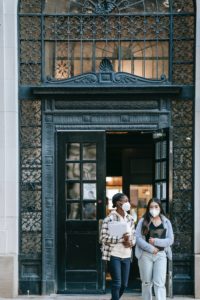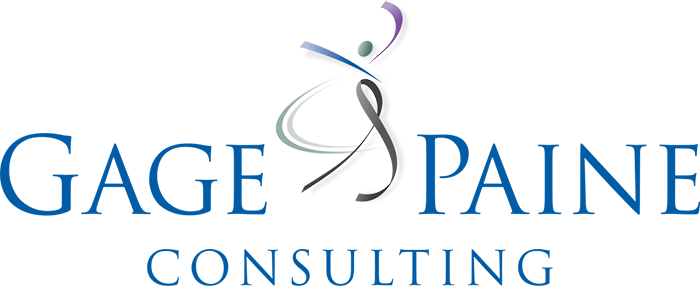What A Year!

Photo by Charlotte May from Pexels
I’ve seen a few people on social media posting their experiences from a year ago – before COVID-19 changed our work and our worlds. I know where I was and what I was doing. On March 9, I talked with my class about the way we might structure class IF we moved to online learning in the near future. On March 12, I led a leadership workshop for a group of Student Affairs professionals at UT Austin. We all used hand sanitizer after we danced the Leadership Dance together at the end of the day. Friday, the 13th, we canceled the last half-day since the University closed unexpectedly that morning due to coronavirus exposure at the highest levels of the administration. I haven’t been on a campus since then.
For this newsletter, I decided to take a look back at what I was posting on either side of the 13th. Here are some of the tidbits.
On March 11th, under the heading Crisis Management, I shared a TEDTalk by Shalini Unnidrishnan sharing her lessons from the Ebola crisis. She recommended that we turn our usual response to crisis inside out making our response people-centered rather than virus-centered. I challenged us to change the questions we were asking ourselves as we headed into this new reality, which we thought was more time-limited than it turned out to be. I suggested then that changing our response “may be as simple as changing the primary question from ‘what do we need to tell them?’, to ‘what do they want to know?’ – and acknowledging that different audiences need different information” through different media. As vaccines begin to be administered and the impetus for opening up grows, I think her message is worth revisiting. https://www.ted.com/talks/shalini_unnikrishnan_we_need_to_turn_our_response_to_crisis_inside_out
I asked then and think it’s worth asking again over the next few months, “As always, our questions help define our answers, so are there questions we should be turning on their heads or inside out?” “What questions are your organizations asking? What questions are not being asked…?” I’ll add to the list today, as we think about what comes next, what have we learned we no longer need and what have we learned that we should take with us into whatever this future will be?
On the 17th, I shared some of the good ideas people were trying and some thoughts about the challenges being faced. Here are a few I think are as important today as they were almost a year ago.
- Communication will always matter. Where you can, invite people into the conversations about what comes next on campus and share regularly, as appropriate, the topics under discussion at the highest levels. People will start to become anxious again and as always fill in whatever gaps exist with speculation and drama.
- We often default to what we know. On many campuses, there will be people who so want to move out of this time that their instinct is to ‘return to normal.’ But we know that we will have a new normal for some time to come. And as I mentioned earlier, we have learned that many people can do their work effectively from home even when the majority of people have returned to campus. Push back on that instinct to return to ‘normal’ when we can. Engage with people to consider new ways of doing our work and take what we have learned into our next version of higher education. It won’t be like this last year – we hope – but neither should it be exactly like the year before.
- Remember we’re all educators. Help each other and our staff members understand the bigger picture while still trying to meet the needs of individuals. It’s been more challenging this year than ever, but it’s a familiar balancing act. “Challenge and support still applies.”
And the last two from that newsletter: “Grace is an important leadership quality. Give each other and ourselves room to make mistakes since the answer that made sense yesterday no longer works today. … Grace and forgiveness will help us all make it through….”
And, “last, but certainly not least – take care of yourself as you take care of others.” Everyone has hit the ‘pandemic wall’ at some point over the past year and we aren’t done yet. “Deep breathing, fresh air, and movement are good for the body, the mind and the spirit.”
Here’s hoping it won’t be too long before we can replace elbow bumps with hugs and Zoom with chats in the hallway or out on campus.
Take care,
Gage
